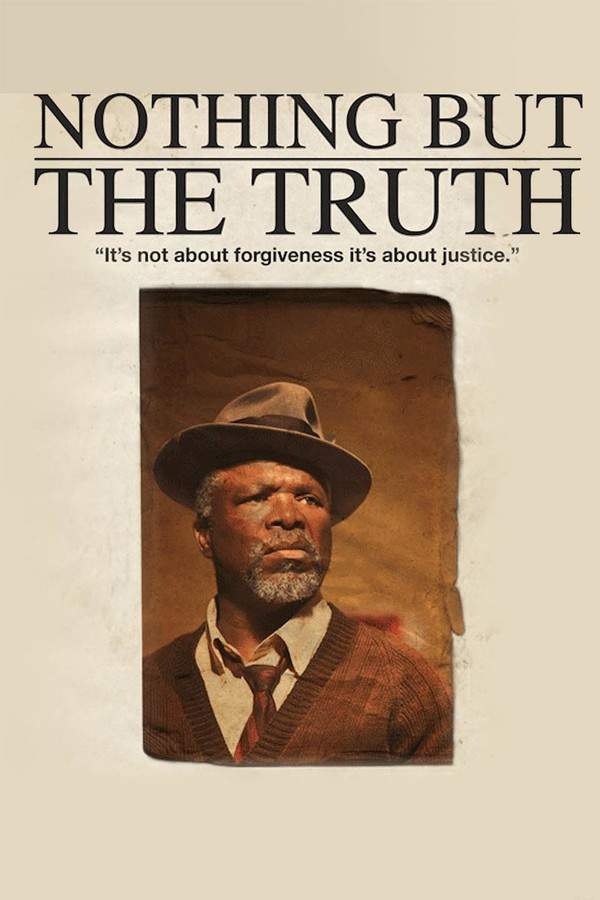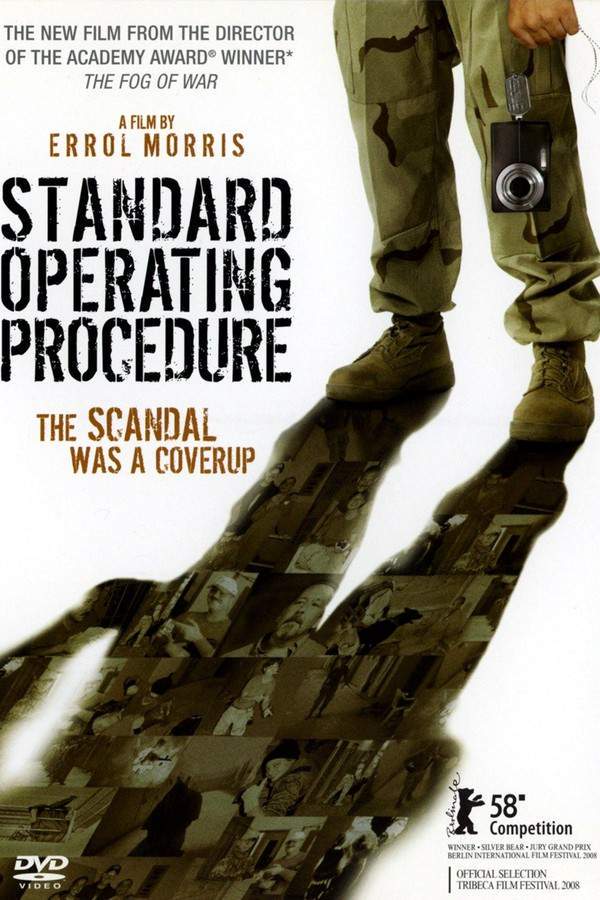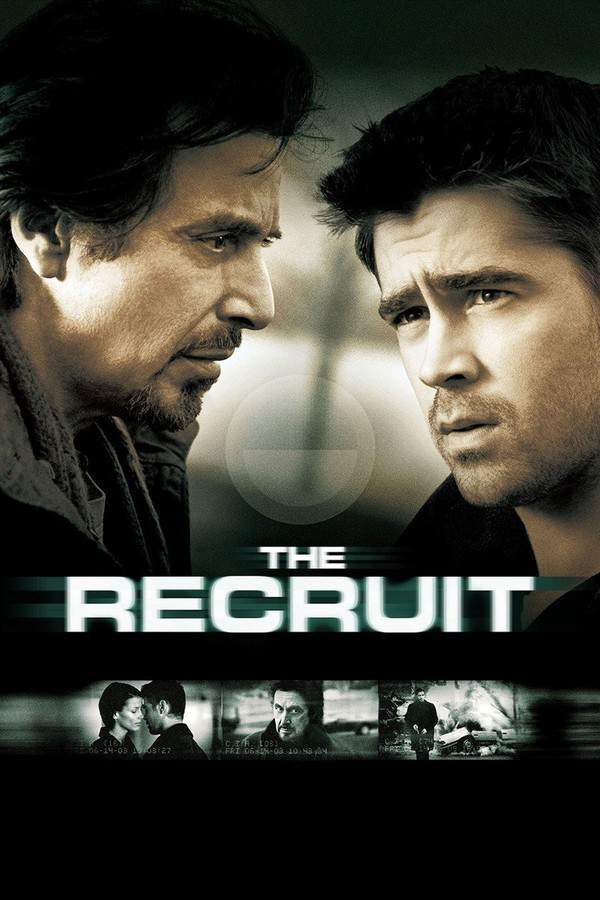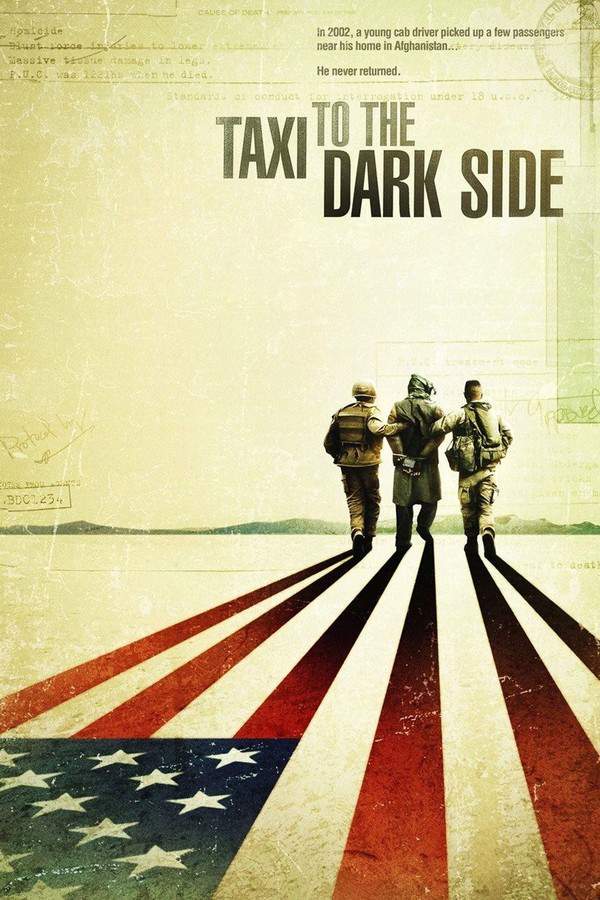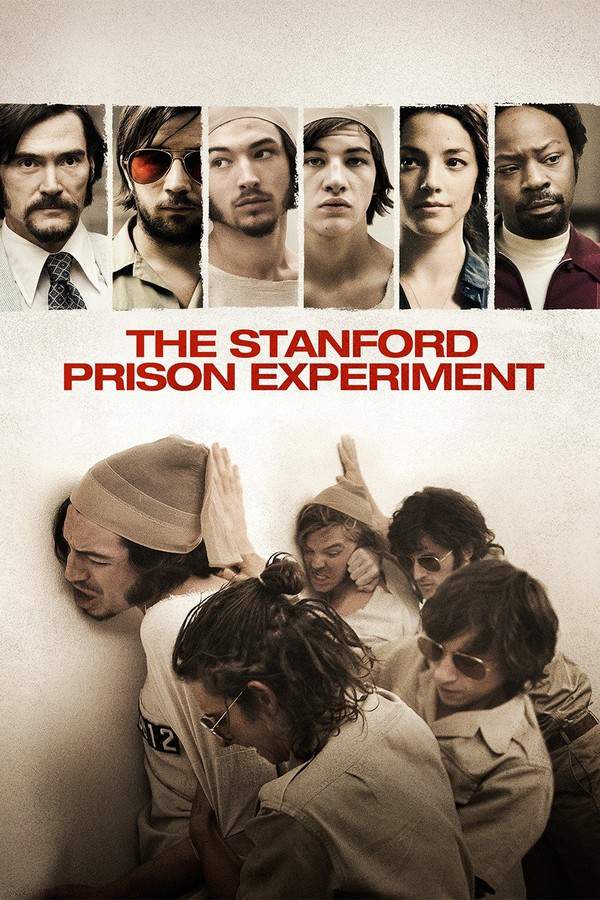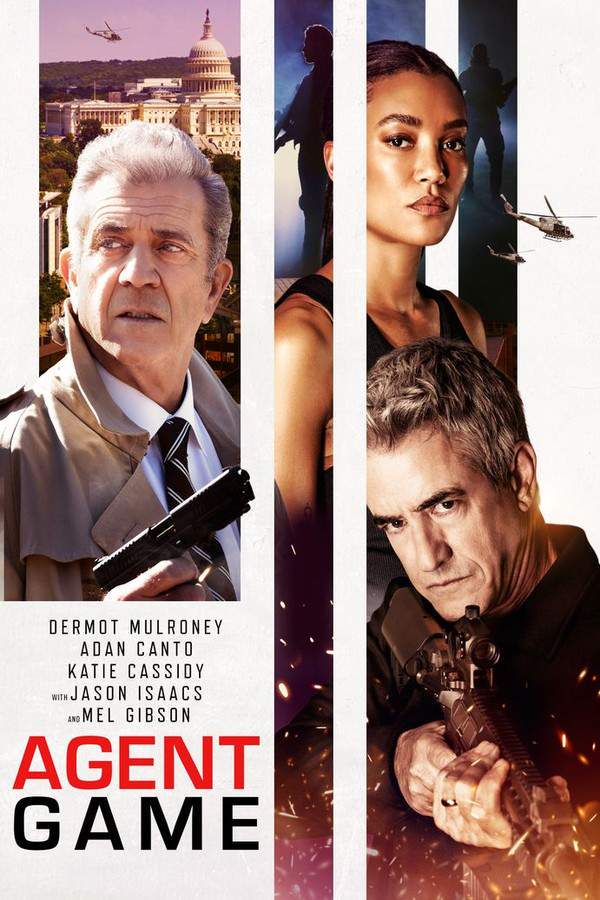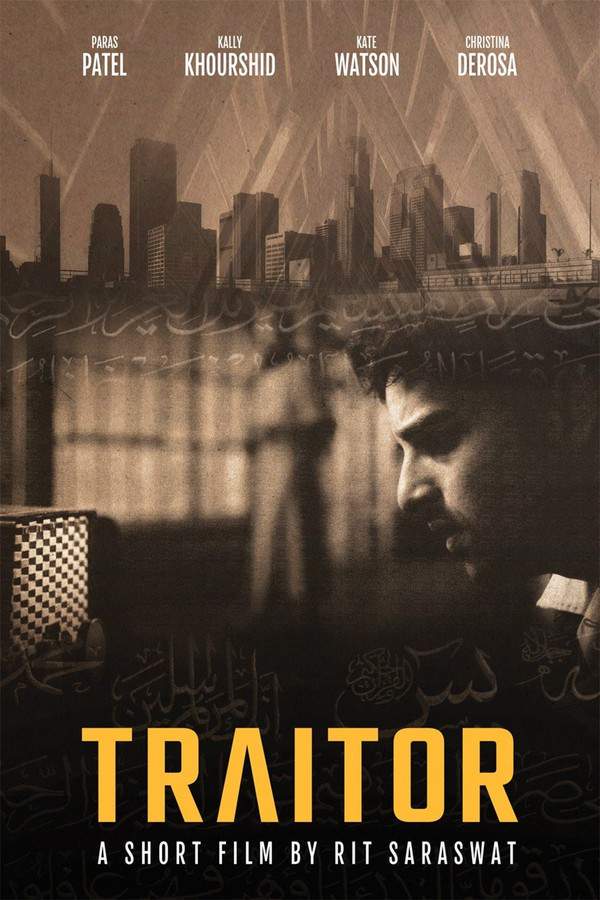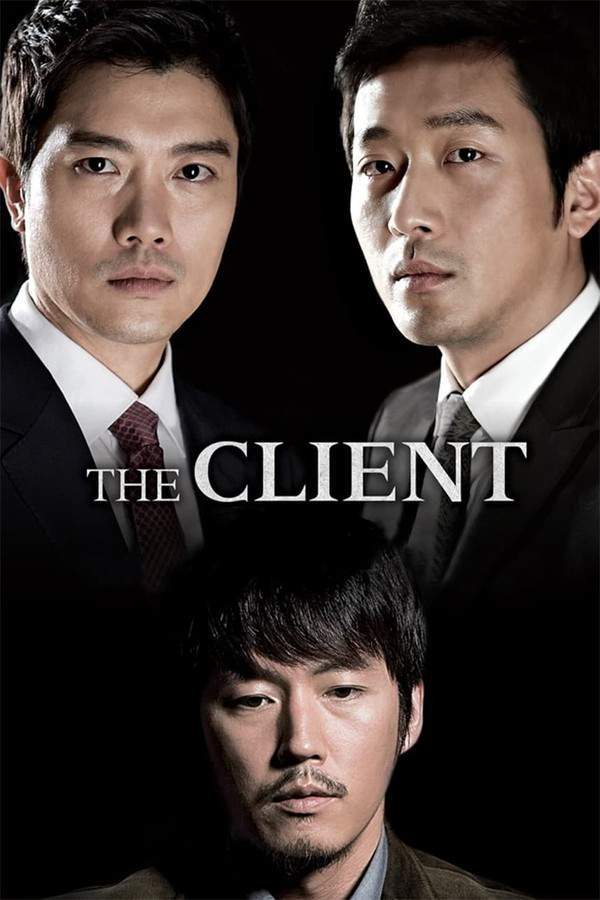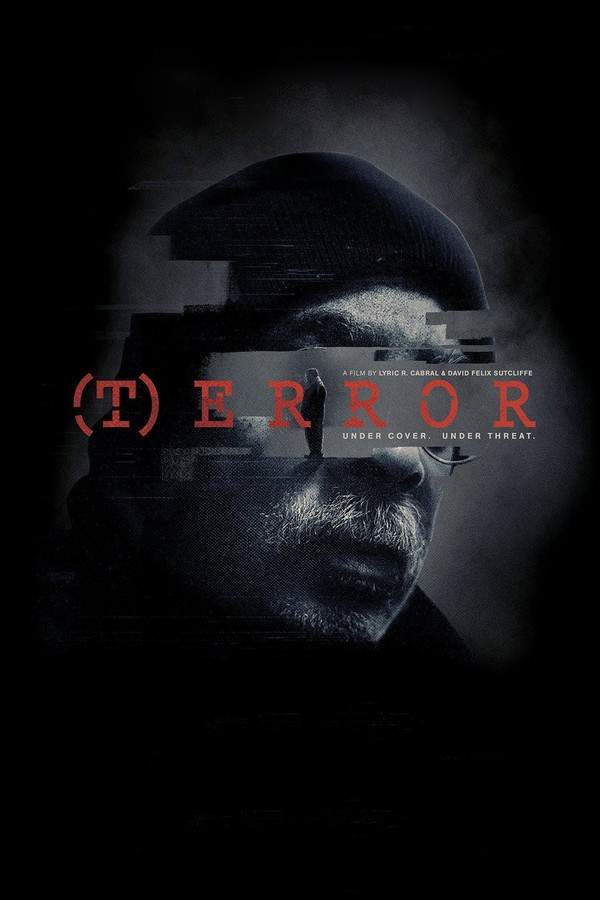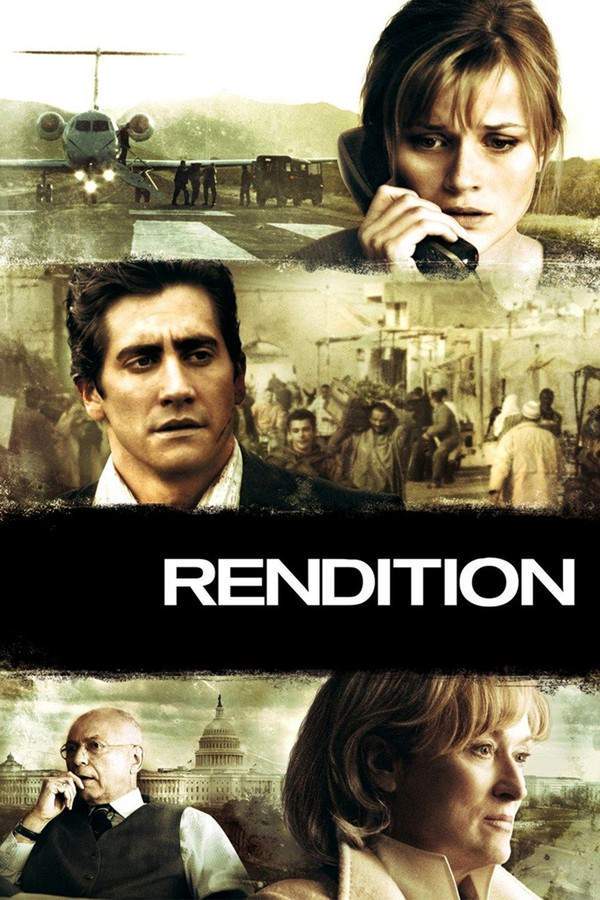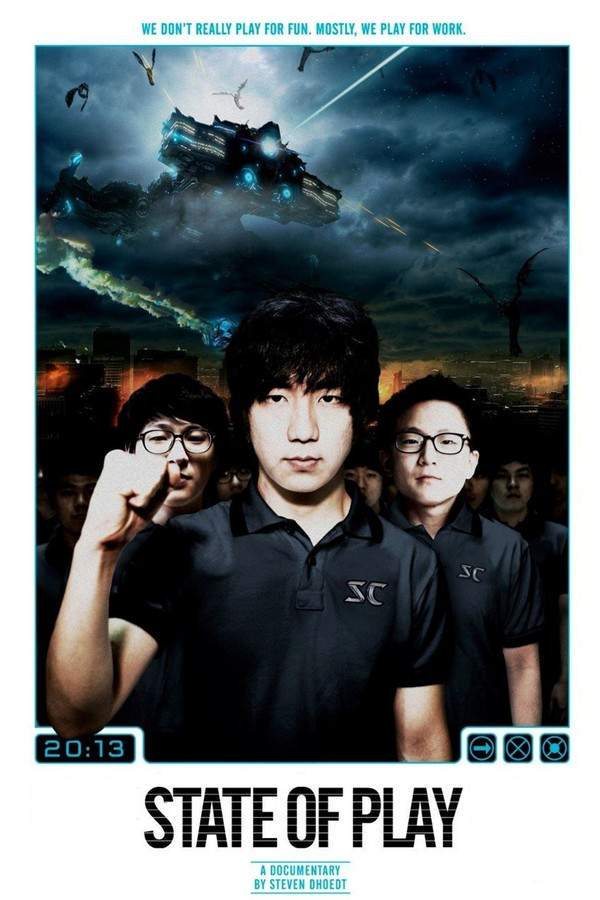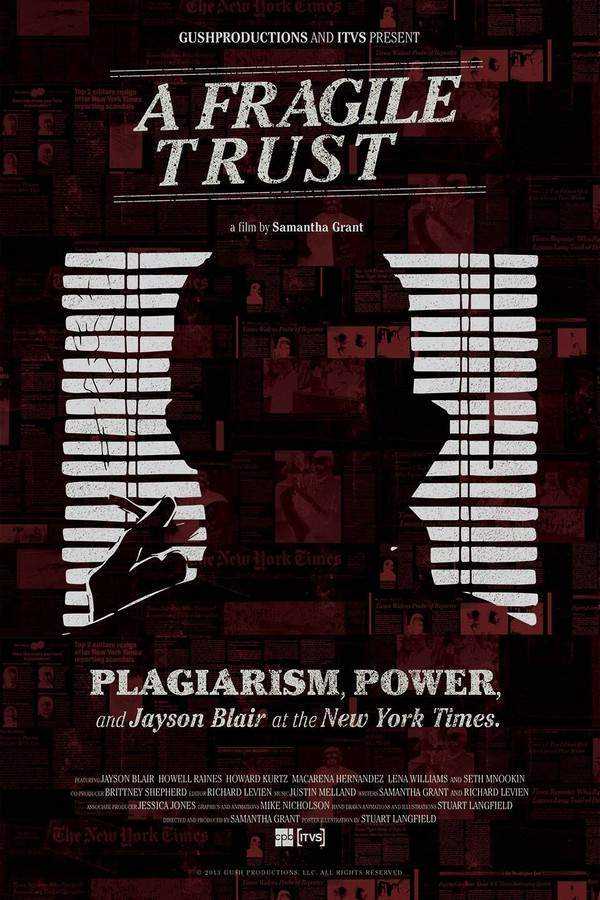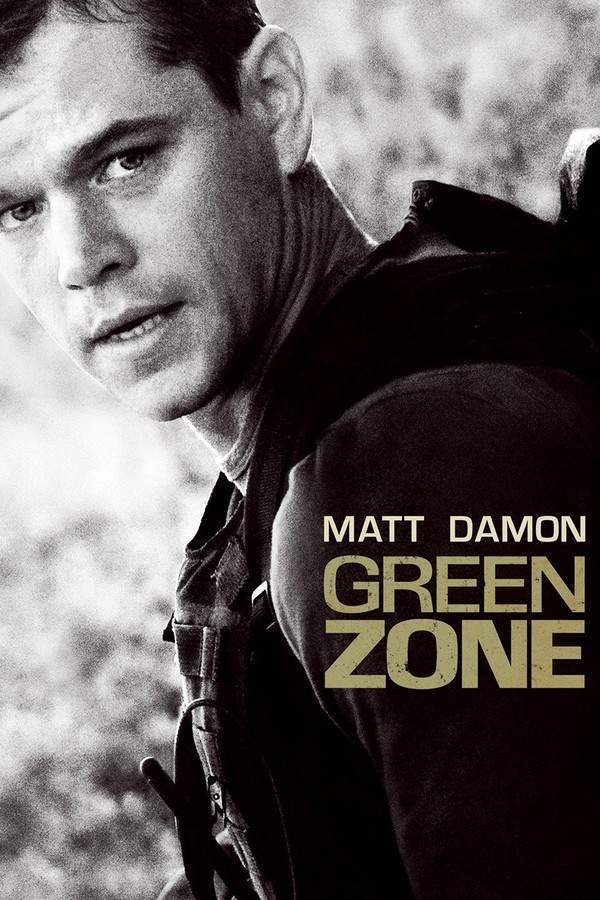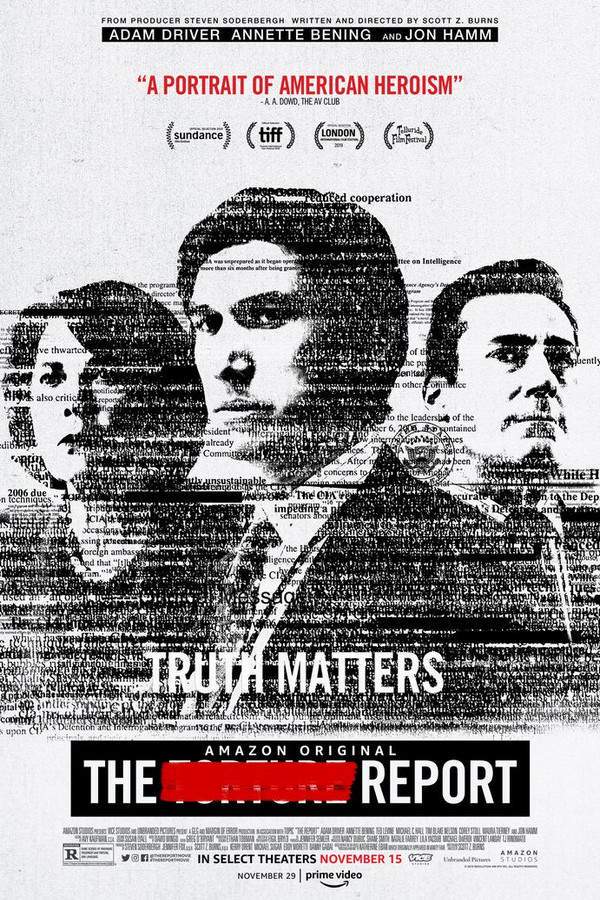
The Report
Following the September 11th attacks, idealistic investigator Daniel J. Jones undertakes a sensitive inquiry into the CIA’s Detention and Interrogation Program. His relentless pursuit of the truth uncovers disturbing evidence, including the destruction of records and attempts to obstruct justice. The investigation reveals a concealed program and its implications for the nation, prompting a difficult confrontation with the agency and government oversight.
Warning: spoilers below!
Haven’t seen The Report yet? This summary contains major spoilers. Bookmark the page, watch the movie, and come back for the full breakdown. If you're ready, scroll on and relive the story!
The Report (2019) – Full Plot Summary & Ending Explained
Read the complete plot breakdown of The Report (2019), including all key story events, major twists, and the ending explained in detail. Discover what really happened—and what it all means.
In early 2009, after dedicating two years to an investigation of the 2005 destruction of significant CIA interrogation videotapes, Daniel Jones, a Senate staffer, is chosen by Senator Dianne Feinstein to spearhead an extensive review of six million pages of CIA documents pertaining to the Agency’s employment of enhanced interrogation techniques (EITs). Jones and his small team, consisting of just six members, start their crucial work at a highly secure compartmented information facility situated at a covert CIA site in Virginia.
The narrative takes a turn as it revisits the harrowing events of the September 11 attacks in 2001. CIA employees at the Counterterrorist Center (CTC), including Bernadette, alongside other colleagues, anxiously absorb the unfolding events through live broadcasts. In the days that follow at CIA headquarters, DCI George Tenet reports on a significant meeting with President George W. Bush and CTC director Cofer Black, where crucial decisions regarding counterterrorism operations begin to take shape. Notably, legal counsel John Rizzo informs the team that the President has authorized the CIA to “capture and detain suspected terrorists.” The following year sees contracted intelligence psychologists, Bruce Jessen and James Elmer Mitchell, trained to implement EITs within the CIA.
As investigations deepen, Daniel faces setbacks when half of his team departs after the Department of Justice (DOJ) initiates its own inquiry into the CIA’s practices. Despite this, Jones forges ahead with the help of his remaining colleagues, April and Julian. A pivotal meeting with FBI agent Ali Soufan leads Jones to uncover critical facets of the CIA’s interrogation program, particularly in relation to Abu Zubaydah’s case. The juxtaposition of the FBI’s rapport-building methods against the CIA’s EITs highlights the moral conflict at play. Bernadette supports the newly adopted techniques, but Soufan asserts that crucial intelligence was gathered from Zubaydah prior to the CIA taking charge of the interrogations.
During a significant briefing in Senator Feinstein’s office, Jones presents irrefutable evidence from CIA records that suggest the Agency was aware Zubaydah wasn’t an Al-Qaeda operative, contrary to their assertions to the DOJ. This misleading information results in the harsh approval for the use of EITs on Zubaydah, ultimately making him the first detainee subjected to torture.
A clandestine meeting reveals that Raymond Nathan, a physician assistant with the Office of Medical Services, corroborates that medical professionals had voiced concerns over EITs being classified as torture, yet were met with only stern reprimands from upper management. Nathan recounts witnessing Zubaydah’s horrific experience during waterboarding.
As Jones and his team examine the tragic story of Gul Rahman, who succumbed to hypothermia due to CIA interrogation methods, they find themselves grappling with the shocking nature of their findings. Jones shares his discoveries with Senator Feinstein and her aide, Marcy Morris, emphasizing the importance of preventing such incidents from recurring.
Following the release of the astonishing Panetta Review, an internal critique of the EIT program, Jones remains undeterred despite encounters with significant opposition from the CIA. They challenge key findings in the report, claiming no unique intelligence was gained through the application of EITs and highlight the inexperience of contractors Mitchell and Jessen, who received substantial compensation for their controversial methods.
Frustration builds when Senator Mark Udall confronts CIA officials during a hearing, advocating for the integrity of the committee’s study. Amid these confrontations, Jones diligently safeguards a copy of the Panetta Review, fearing it could be destroyed similarly to the interrogation videotapes.
When Brennan and the CIA retaliate against Jones for his tenacity, they initiate an unwarranted search of his office, which breaches the separation of powers agreement. In a bid to unveil the truth, Jones discreetly hints to a New York Times journalist about the CIA’s misconduct. This leads to public allegations against the agency, spurring courage from Senator Feinstein, who ultimately stands by Jones during a tense confrontation.
As the political landscape shifts with the Republican Party gaining Senate control in the 2014 midterm elections, the urgency intensifies for releasing the report’s summary. Senator Feinstein, with the support of John McCain, who poignantly shares his own experiences with torture, delivers a powerful speech outlining the report’s implications.
In a stark epilogue delivered through intertitles, it is revealed that after the report’s publication, Jones resigned from his position amid an environment where no CIA personnel faced criminal charges for their actions. Alarmingly, many were promoted, with one even ascending to the directorship of the CIA.
Last Updated: November 03, 2024 at 23:12
Unlock the Full Story of The Report
Don't stop at just watching — explore The Report in full detail. From the complete plot summary and scene-by-scene timeline to character breakdowns, thematic analysis, and a deep dive into the ending — every page helps you truly understand what The Report is all about. Plus, discover what's next after the movie.
The Report Timeline
Track the full timeline of The Report with every major event arranged chronologically. Perfect for decoding non-linear storytelling, flashbacks, or parallel narratives with a clear scene-by-scene breakdown.

Characters, Settings & Themes in The Report
Discover the characters, locations, and core themes that shape The Report. Get insights into symbolic elements, setting significance, and deeper narrative meaning — ideal for thematic analysis and movie breakdowns.

Similar Movies to The Report
Discover movies like The Report that share similar genres, themes, and storytelling elements. Whether you’re drawn to the atmosphere, character arcs, or plot structure, these curated recommendations will help you explore more films you’ll love.
Explore More About Movie The Report
The Report (2019) Scene-by-Scene Movie Timeline
The Report (2019) Movie Characters, Themes & Settings
The Report (2019) Spoiler-Free Summary & Key Flow
Movies Like The Report – Similar Titles You’ll Enjoy
Nothing But the Truth (2008) Detailed Story Recap
Standard Operating Procedure (2008) Detailed Story Recap
A Good American (2017) Plot Summary & Ending Explained
The Recruit (2003) Movie Recap & Themes
Taxi to the Dark Side (2008) Ending Explained & Film Insights
The Stanford Prison Experiment (2015) Ending Explained & Film Insights
Agent Game (2022) Complete Plot Breakdown
Traitor (2008) Full Movie Breakdown
The Client (1994) Spoiler-Packed Plot Recap
(T)error (2015) Ending Explained & Film Insights
Rendition (2007) Film Overview & Timeline
Redacted (2007) Ending Explained & Film Insights
State of Play (2009) Full Summary & Key Details
A Fragile Trust (2014) Plot Summary & Ending Explained
Green Zone (2010) Complete Plot Breakdown



